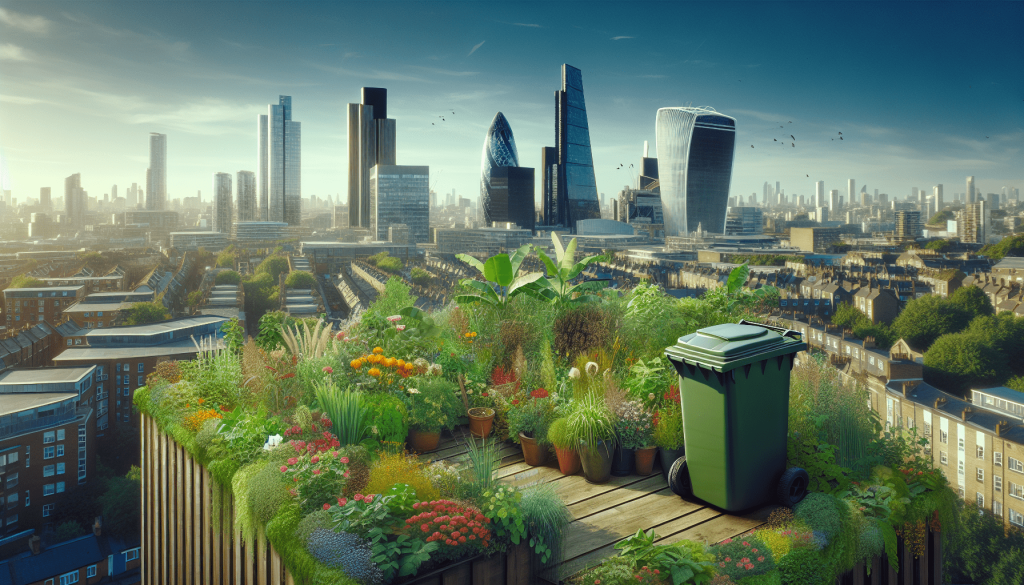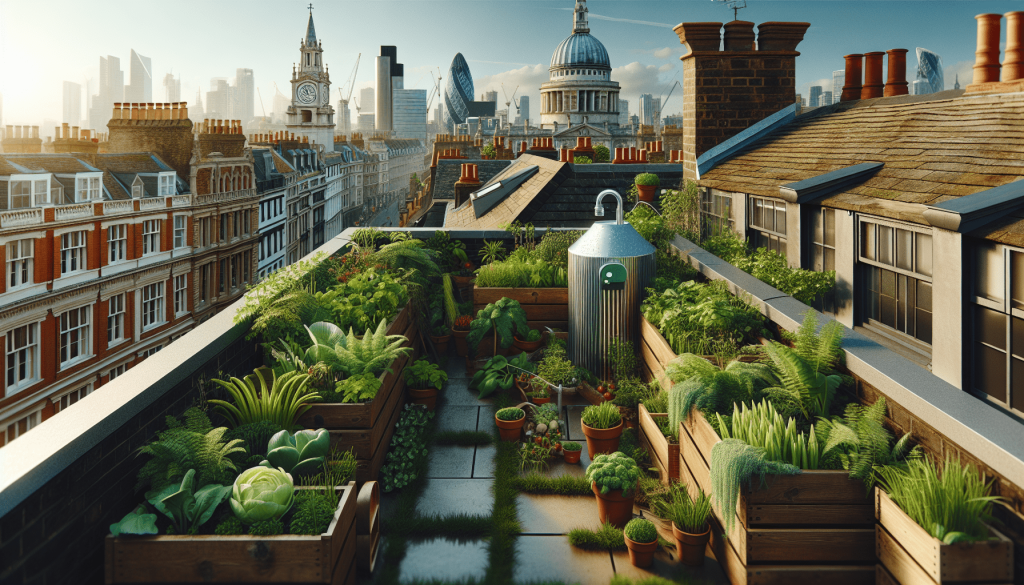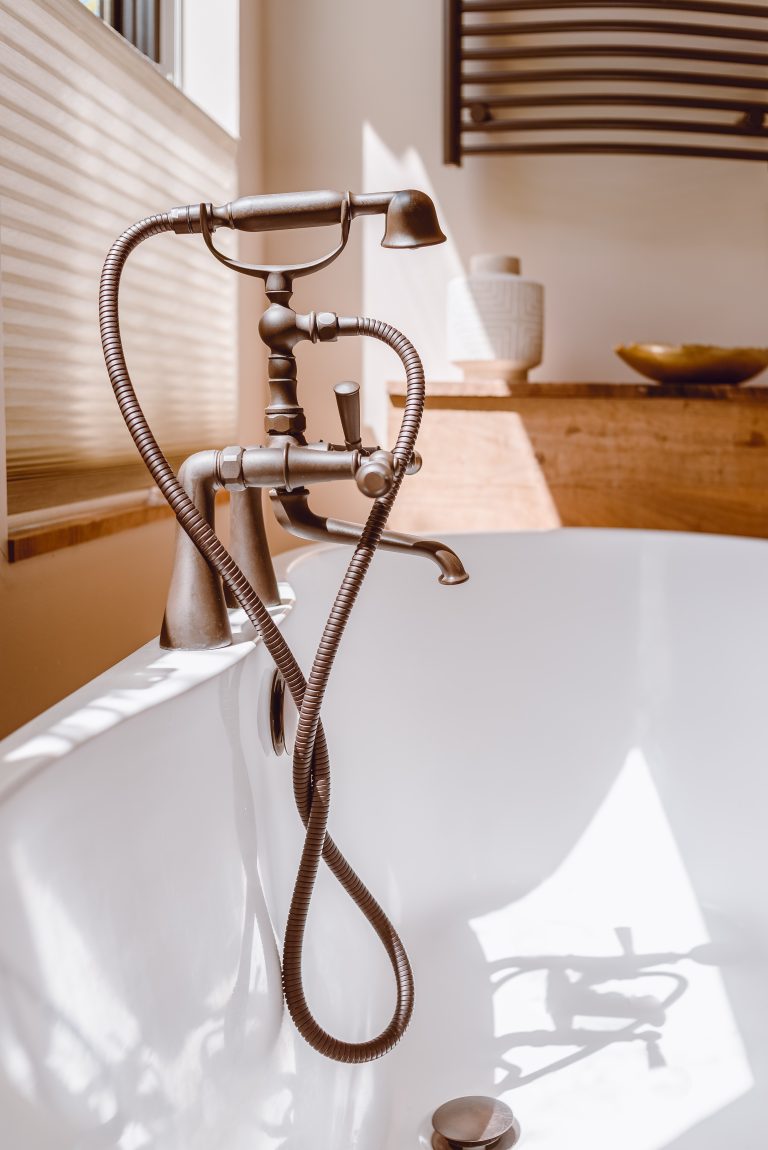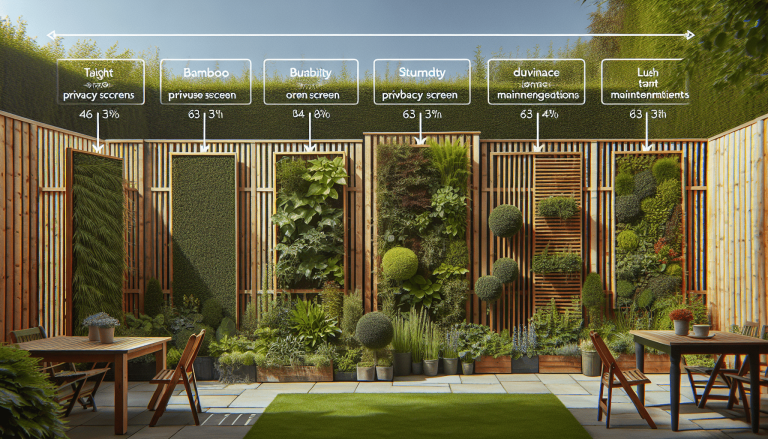Imagine having your own peaceful oasis high above the bustling streets of the UK. A rooftop garden is not only a beautiful addition to any urban environment, but it also offers numerous benefits. From creating a green space in a concrete jungle to improving air quality and providing a haven for wildlife, rooftop gardens are becoming increasingly popular. If you’ve been dreaming about starting your own rooftop garden, this article will guide you through the steps to turn your vision into a reality. Whether you’re a seasoned gardener or a newbie, this friendly guide will provide you with all the information you need to get started on your rooftop garden adventure.
Table of Contents
ToggleChoose the Right Location
Consider the Strength of the Roof
When starting a rooftop garden in the UK, the first step is to carefully consider the strength of the roof. Not all roofs are built to support the weight of a garden, so it is important to consult with a structural engineer to ensure that your roof can handle the additional load. Factors to consider include the age and condition of the roof, as well as the materials used in its construction.
Assess the Sun Exposure
Another important factor to consider when choosing the location for your rooftop garden is the sun exposure. Most plants require a certain amount of sunlight to thrive, so it is essential to assess how much sun your roof receives throughout the day. If your roof is shaded by surrounding buildings or structures, you may need to consider alternative locations or choose plants that can tolerate low light conditions.
Evaluate the Wind Conditions
Rooftop gardens are often exposed to higher wind speeds compared to ground-level gardens. It is crucial to evaluate the wind conditions in your specific location to determine if it is suitable for a rooftop garden. High winds can damage plants and cause soil erosion, so it is advisable to consider windbreaks such as trellises or barriers to protect your garden from strong gusts.
Check Local Rules and Regulations
Research Permits and Permissions
Before starting a rooftop garden, it is important to familiarize yourself with the local rules and regulations concerning gardening on rooftops. Some cities may require permits or permissions to ensure the safety and structural integrity of the building. It is essential to research and obtain any necessary permits to avoid any legal issues and ensure that your rooftop garden is in compliance with local regulations.
Understand Building Codes
In addition to permits and permissions, it is also crucial to understand the building codes that apply to rooftop gardens. Building codes dictate construction standards for safety, structural integrity, and fire prevention. It is essential to consult with professionals who are knowledgeable about the local building codes and ensure that your rooftop garden meets all the necessary requirements.
Evaluate Structural Integrity
Consult a Structural Engineer
To ensure the safety of your rooftop garden, it is highly recommended to consult a structural engineer. A structural engineer can assess the structural integrity of your roof and provide valuable insight into its load-bearing capacity. They can also recommend any necessary modifications or reinforcements to ensure that your rooftop garden is safe and stable.
Assess Load Capacity
Before proceeding with your rooftop garden, it is crucial to determine the load capacity of your roof. This includes considering the weight of the soil, plants, containers, and any additional features such as seating areas or walkways. Understanding the load capacity will help you plan and distribute the weight of your rooftop garden effectively, avoiding any potential damage to the roof structure.
Plan the Design
Consider the Purpose and Functionality
Before diving into the design phase, it is important to consider the purpose and functionality of your rooftop garden. Are you looking to create a relaxing oasis, a vegetable garden, or perhaps a space for entertaining? Determining the purpose of your garden will guide your design choices and help you create a space that aligns with your vision.
Create a Layout
Once you have determined the purpose of your rooftop garden, it is time to create a layout. This involves deciding the placement of planting containers, pathways, seating areas, and any other features you envision for your garden. The layout should take into account factors such as sun exposure, wind patterns, and accessibility.
Select Suitable Plants
When selecting plants for your rooftop garden in the UK, it is important to choose varieties that are suitable for the local climate and conditions. Consider the amount of sunlight and wind exposure your rooftop receives, as well as the type of soil and drainage available. Opt for plants that can tolerate these conditions, and consider using native species that are adapted to the local environment.
Prepare the Surface
Clean and Repair the Roof
Before starting your rooftop garden, it is essential to clean and repair the roof surface. Remove any debris, dirt, or vegetation from the roof to create a clean and suitable base for your garden. Inspect the roof for any damages, such as leaks or cracks, and ensure that they are repaired to prevent water infiltration into your garden space.
Add Protective Layer
To protect your roof and enhance the longevity of your garden, it is recommended to add a protective layer to the surface. A waterproof membrane or liner can be installed to provide an additional barrier against moisture and prevent potential damage to the roof.
Install Drainage System
Proper drainage is vital for the health of your rooftop garden. Without adequate drainage, water may accumulate and cause root rot or other plant diseases. Installing a drainage system, such as a layer of gravel or drainage cells, will help ensure that excess water is efficiently drained away.
Source Materials and Tools
Buy or Gather Planting Containers
To create your rooftop garden, you will need suitable planting containers. Depending on your design and preferences, you can choose from a variety of options, including pots, troughs, or raised beds. Ensure that the containers are of good quality, durable, and provide sufficient space for plant growth.
Acquire Quality Soil and Compost
The success of your rooftop garden greatly depends on the quality of soil and compost you use. Invest in good-quality soil that is rich in nutrients and well-draining. Compost can also be added to enrich the soil and improve its fertility. Consider sourcing soil and compost from reputable suppliers to ensure they are free from contaminants and provide optimal conditions for plant growth.
Get Gardening Tools
Having the right gardening tools is essential for maintaining and caring for your rooftop garden. Basic tools such as a trowel, pruners, watering can, and gloves are necessary for day-to-day gardening tasks. Invest in high-quality tools that are durable and suitable for the scale of your rooftop garden.
Planting and Maintenance
Start with Seedlings or Young Plants
For quicker results, it is advisable to start your rooftop garden with seedlings or young plants instead of planting from seeds. This will allow you to enjoy a more established garden in a shorter amount of time. Purchase healthy seedlings or young plants from reliable nurseries or start your own seedlings indoors before transplanting them to your rooftop garden.
Provide Adequate Watering
Watering is a crucial aspect of maintaining a healthy rooftop garden. Due to the exposure to wind and sun, rooftop gardens may require more frequent watering compared to ground-level gardens. Monitor the moisture levels regularly and provide sufficient water to keep the plants hydrated, especially during hot and dry periods.
Regularly Monitor and Weed
Regular monitoring is essential to ensure the health and vitality of your rooftop garden. Keep an eye out for any signs of pests, diseases, or nutrient deficiencies. It is also important to remove any weeds promptly to prevent them from competing with your desired plants for nutrients and space.
Fertilize and Prune as Needed
To promote healthy growth and flowering, it is important to fertilize your rooftop garden on a regular basis. Choose organic fertilizers that are suitable for your specific plants and follow the recommended application rates. Pruning is also necessary to maintain the shape and size of your plants, and to remove any dead or diseased foliage.
Consider Irrigation System
Explore Drip Irrigation Options
Drip irrigation is a practical and efficient method of watering your rooftop garden. It delivers water directly to the base of the plants, minimizing water wastage and ensuring that each plant receives an adequate amount of moisture. Explore different drip irrigation options that are suitable for your garden size and layout.
Install Irrigation System
Once you have decided on the irrigation method, it is time to install the system. This may involve laying out hoses, pipes, or drip lines and connecting them to a water source. Ensure that the system is properly installed and adjusted to provide uniform watering throughout your rooftop garden.
Implement Safety Measures
Install Guardrails or Safety Barriers
Safety is paramount when it comes to rooftop gardens. Install guardrails or safety barriers to prevent any accidental falls or injuries. The height and design of the guardrails should comply with local building codes and regulations.
Use Non-slip Surfaces
To prevent slips and falls, it is important to use non-slip surfaces in your rooftop garden. Consider using materials such as rubberized tiles or non-slip coatings on walkways and seating areas. This will provide a secure and safe environment for you and your guests to enjoy your rooftop garden.
Follow Sustainable Practices
Choose Organic Seeds and Fertilizers
To promote sustainability and reduce environmental impact, choose organic seeds and fertilizers for your rooftop garden. Organic seeds are produced without the use of chemical pesticides or synthetic fertilizers, promoting biodiversity and healthy soil. Similarly, organic fertilizers are derived from natural sources, minimizing the release of harmful chemicals into the environment.
Implement Water Conservation Methods
Water conservation is a critical aspect of sustainable rooftop gardening. Consider using rainwater harvesting systems to collect and store rainwater for irrigation purposes. Additionally, use mulch on the surface of the soil to reduce evaporation and water loss. By implementing these water conservation methods, you can minimize your water usage and make your rooftop garden more sustainable.
Starting a rooftop garden in the UK requires careful planning and consideration. By choosing the right location, checking local rules and regulations, evaluating the structural integrity, and planning the design, you can set a solid foundation for your rooftop garden. Preparing the surface, sourcing materials, and acquiring gardening tools are necessary steps to ensure a successful start. Planting and maintenance, including providing adequate watering, regular monitoring, and implementing an irrigation system, are crucial for the health and vitality of your plants. Implementing safety measures, such as installing guardrails and non-slip surfaces, will ensure a secure and enjoyable rooftop garden experience. Finally, following sustainable practices, including choosing organic seeds and fertilizers and implementing water conservation methods, will help create an environmentally friendly rooftop garden that thrives in the UK climate.








